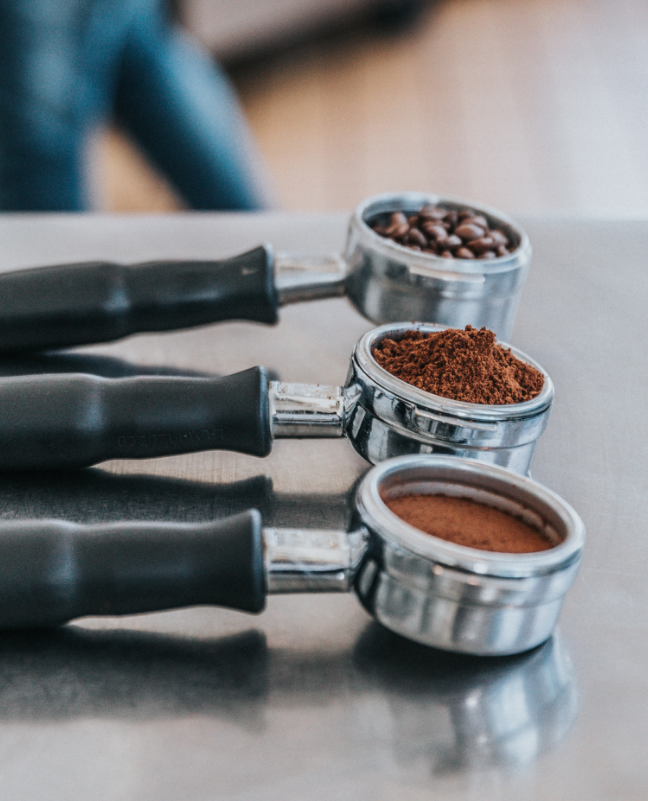Workshop – Barista Guide 101: Coffee Bean Grind Size
SHARE:

Many people wonder why they should bother to grind coffee beans when ground coffee is readily available. They kind of understand the value of using high quality coffee beans, but still have the coffee ground by a local barista at the time of purchase.
Such beans are undoubtedly fresher than those that have been on store shelves for months, but they still fall victim to oxidation, moisture and CO2 depletion.
Moisture
Another issue to watch out for is humidity. It goes without saying that coffee beans dissolve in water. But did you know that even the moisture in the air can dilute and decompose?
Again, the increased surface area of ground beans exposes them to atmospheric water vapor. This moisture attacks the coffee more and allows it to leach out a better quality.
CO2 Depletion
The third process rooted in roasting is his CO2 gas formation inside the coffee bean. Climate science has taught most of us to think of CO2 as evil, but in this case, it’s the coffee fanatic’s best friend.
CO2 not only carries the essential oils that form the crema of espresso, but also protects the delicate flavor and aroma substances from oxidation through a gradual degassing process after roasting.
Finely Ground Coffee
One end of the spectrum is the ultra-fine espresso grind that espresso enthusiasts fine tune to brew the perfect cup in their espresso machine.
Remember that grinding coffee creates a larger surface and exposes it to oxidation and moisture attack? The same applies to water and extraction.
The finer the coffee grind and the finer the coffee particles, the higher the percentage of beans that come into contact with the water.
Large surface area allows water to fully extract coffee in a short time.
Conversely, water flows slowly in densely packed small particles.
When preparing espresso, very finely ground coffee is pressed into a compact pack to withstand the pressure of the pump that pushes water into the coffee grounds. The momentum of the water penetrates the cell walls of the coffee for a stronger extraction.
Coarsely Ground Coffee
On the other side is the cold brew machine. Cold brew requires very coarsely ground coffee that has been soaked in water for several hours without pressure.
Those who want a proper French press grind level and a coarse grind level are a bit off the beaten path.
Medium Ground Coffee
Medium Ground Coffee – pun intended – is great for methods like infusion where gravity pulls water over and between each granule. Choosing the right grind level for your pour over coffee will give you enough contact time to brew a strong coffee.
Gritty sounds are captured by the filter paper, resulting in a balanced brew.
Here you’ll also find one that uses a standard or ground brew pot.
The ultimate goal is optimal coffee extraction, and it works best by choosing a grind size that matches your brewing method.
Final Thoughts on Coffee Grind Size Charts
Remember that all the adjustments described here will do you no good if your palate is not clean. What you eat and drink before the experiment affects how you perceive the taste of coffee.
For example, the sugar in soda makes coffee taste bitter. Citrus, on the other hand, looks fruity.
If you have just eaten a large meal, you may want to wait until another day to fine-tune your machine.
Enjoying coffee is an art that we can all enjoy. Personally, I enjoy learning from you, my readers.
Grind coffee, taste it, and share your experience of reaching paradise. This is how we can grow together.